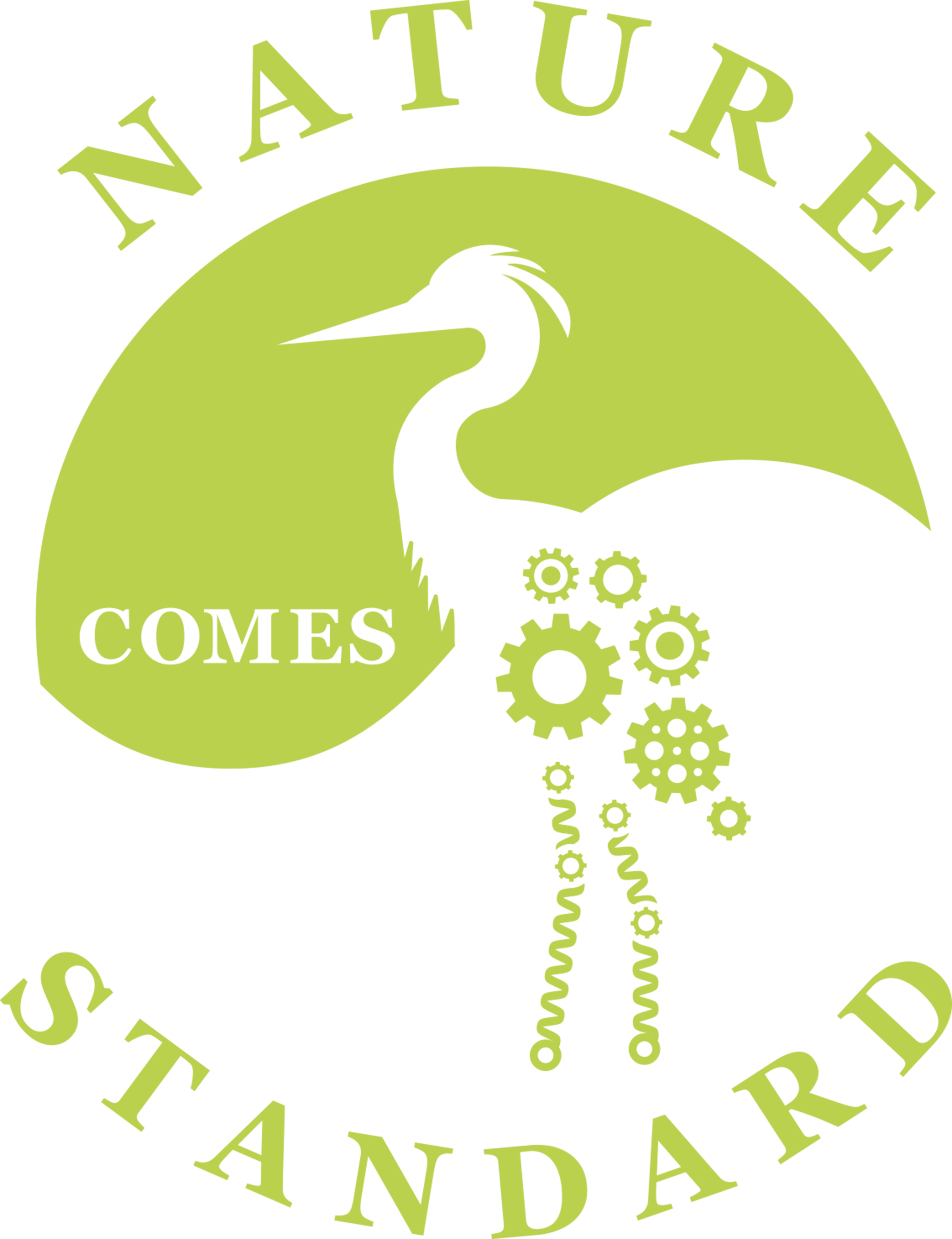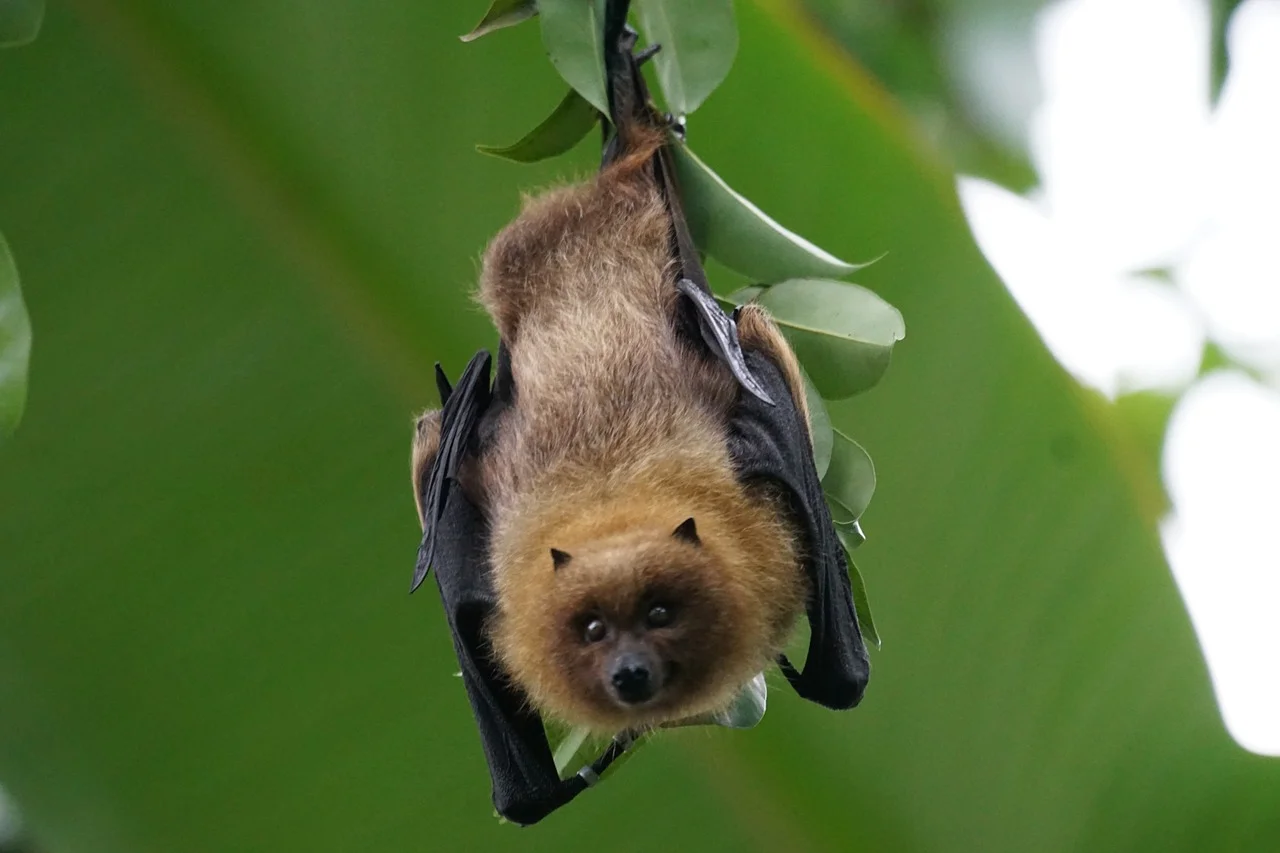Biomimicry Turtle Talk: The Protective Shell Structure

Since October 31 marked the end of Loggerhead sea turtle, I thought it appropriate for biomimicry turtle talk. While I didn't make it to Florida's premier Loggerhead Marinelife Center, I recently visited the local Belle Isle State Park Aquarium in Detroit. Displaying a range of mysterious water creatures, the aquarium is the oldest in the United States, built-in 1905 and designed by the famous architect Albert Kahn. Intricately carved stonework hovers above the arched entrance flanked with fluted columns. Walking inside reveals vibrant green tile work all around the curved ceiling creating the illusion of being under the sea (cue Little Mermaid soundtrack). With the world's most extensive collection of air-breathing fish, the Belle Isle Aquarium is the only location to see all seven garfish species - a champion of flexible armor.
One of the inhabitants of this aquarium is the Michigan native snapping turtle (Chelydra serpentina). This reptile always worries a swimmer in a freshwater lake or pond; however, I will still pull my car over to help them across the road. Pushing a snapper along with a long stick is usually the safer way to avoid their lunging heads. The more docile red-eared slider (Trachemys) or map turtle (Graptemys) found near Michigan wetlands are easier to pick up on the edges of its shell; just be aware of reptile urination.
Turtles (and Tortoise) are known for their carapace (aka shell), protecting them from predator teeth and claws. This exterior armor consists of several hexagonal scutes or sections with the occasional triangle- or pentagon-shape to complete the more complex curves. Overall, the carapace can recover up to 91% of its deformation after an impact.
Each scute has a hard top surface made of keratin (the same material as fingernails and hair), giving strong puncture and abrasion resistance. At the circumference of each scute is a series of ridges that interlock with the adjacent scute's ridges, and in between the scute is a softer material called sutures. The soft suture material between the scutes allows for elastic properties to lower stresses and stop crack propagation between scutes. At higher loads, the bony ridges lock together in compression and shear to provide higher strength. Beneath the scute's keratin top layer is a four-layered material sandwich:
A randomly organized interwoven boney fibers provide multi-directional bending strength and micro-crack propagation absorption due to a serpentine crack path.
A porous, boney, foam-like structure in the form of a rib provides lightweight section modulus strength, and the foam-like material helps to absorb energy. Also, the gap between the top layer and the voids in this foam underlayer creates micro-crack propagation endpoints
A thinner layer with cross-carapace oriented fibers
A thicker fore-aft carapace oriented fibers.
The plywood bi-layer of 3 and 4 provide specific bending strength in those two directions and micro-crack propagation suppression.
With the technological advancement in composite materials and additive manufacturing (aka 3D-printing), human-engineered products can start to replicate these tiered design layers of nature. Perhaps one day, we will be snow skiing on one researcher's skiboard that mimics the turtle shell's interlocking ridges and sutures. Or maybe the next time you drop your iPhone XV, a sustainable biomimetic turtle case will prevent a repair trip to the Apple store. Where else could you imagine the unique turtle shell improving the next design solution in your world?
References:
Achraia, Ben, Bar-On, Benny, Wagner, H.Daniel (2014) “Bending mechanics of the red-eared slider turtle carapace”. Journal of the Mechanical Behavior of Biomedical Materials 30: 223-233
Achraia, Ben, Wagner, H.Daniel (2013) “Micro-structure and mechanical properties of the turtle carapace as a biological composite shield”. Acta Biomaterialia 9:5890–5902
https://actu.epfl.ch/news/ski-design-inspired-by-turtle-scales/
Photo and Sketch by Nature Comes Standard, LLC






